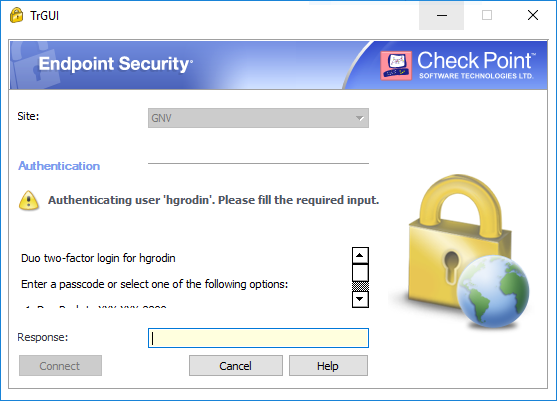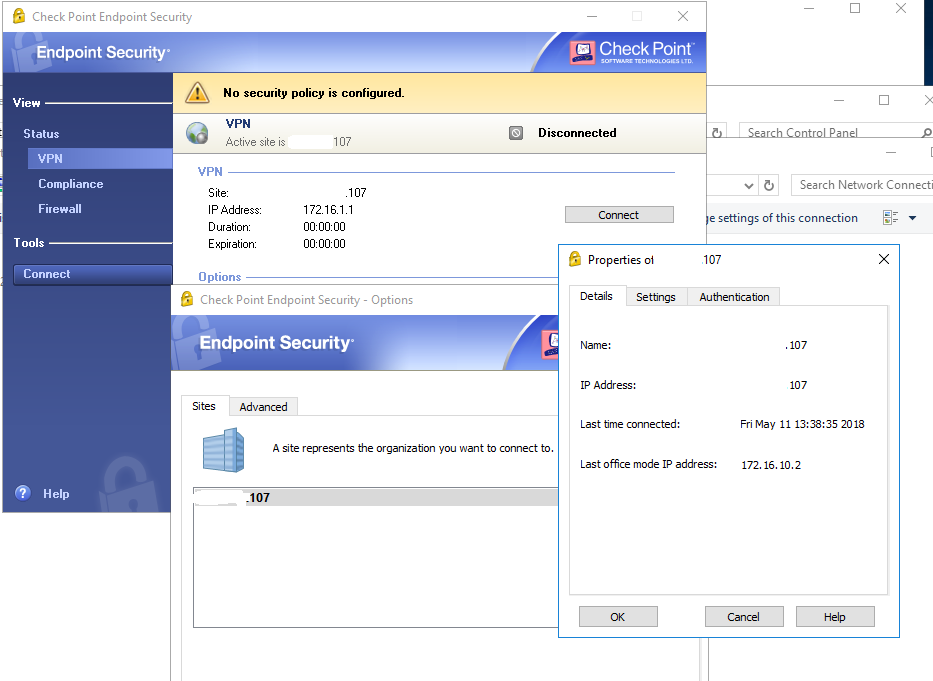


Well, will see if the error appears again after a while or at next login and if it has to be done every time again. Its just weird, does anyone have an idea whats causing this behaviour? I cant require every user to enter this command everytime they login. After this all hosts are resolving correctly, also via traceroute or ping. I just found kind of a solution by entering " ipconfig /flushdns" on the client. Hope you guys can help me on that, I'm kinda stuck here.Įdit: OK know I got the difference for nslookup and tracert, nslookup queries the DNS Servers directly while tracert and ping uses another order of resolving (hosts, cache, etc). DNS Servers and suffixes are configured correctly - as already said, they are resolving by nslookup. Its R77.10, Endpoint E80.50 tested on Win7 and XP using office mode IP's, Firewall Policy not enforced on the client. When I disconnect the VPN-Session on the client and restart it, OTHER hosts I want to resolve show same issue but its not always the same hosts.

nslookup works but traceroute fails for same hosts. Cant see anything on the tracker, cause those packets never reach my gateways. So users are complaining that some accesses are sometimes not working and I can reproduce it here. Now I nslookup host2.my., still get the the right internal IP, BUT now when I do a traceroute to that second host then it gets resolved externally and is obviously not reachable. Now I traceroute to the same host and the packet goes over our external gateway IP over some internal hops till it reaches its internal destination - still fine. Now I want to resolve host1.my. by nslookup on the client, then I get the internal IP, fine. An ipconfig on the client shows the correct DNS servers and they are able to resolve every internal adress inside the domain. I'm experiencing some client-side DNS issues with the E80.50 Client.Īctually everything is working fine but just sometimes hostnames seem to get resolved externally instead of being resolved by our internal DNS servers that I've configured under the "Mobile Access > Name Resolution" and under Global Properties.


 0 kommentar(er)
0 kommentar(er)
